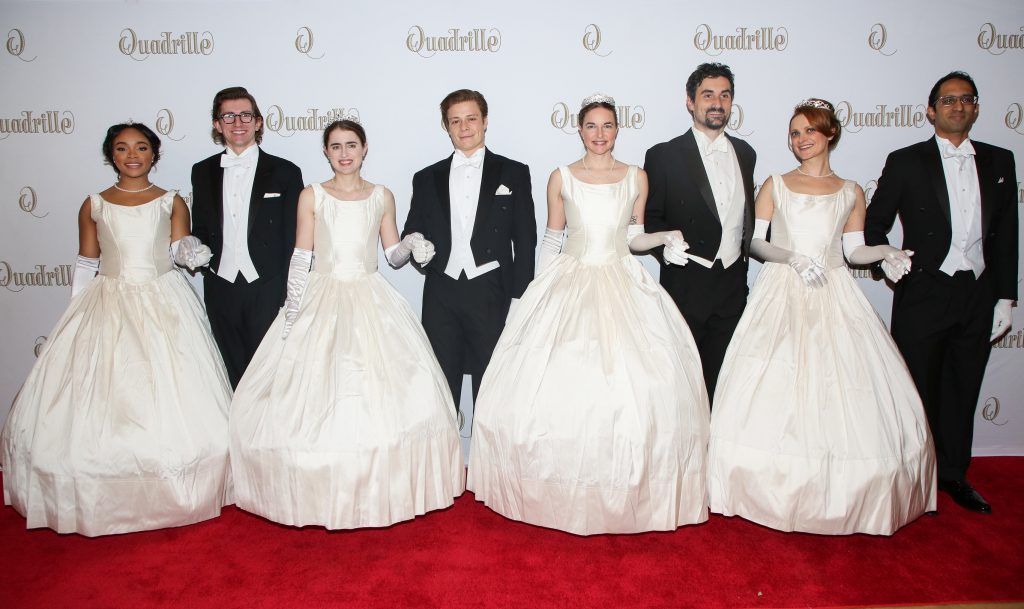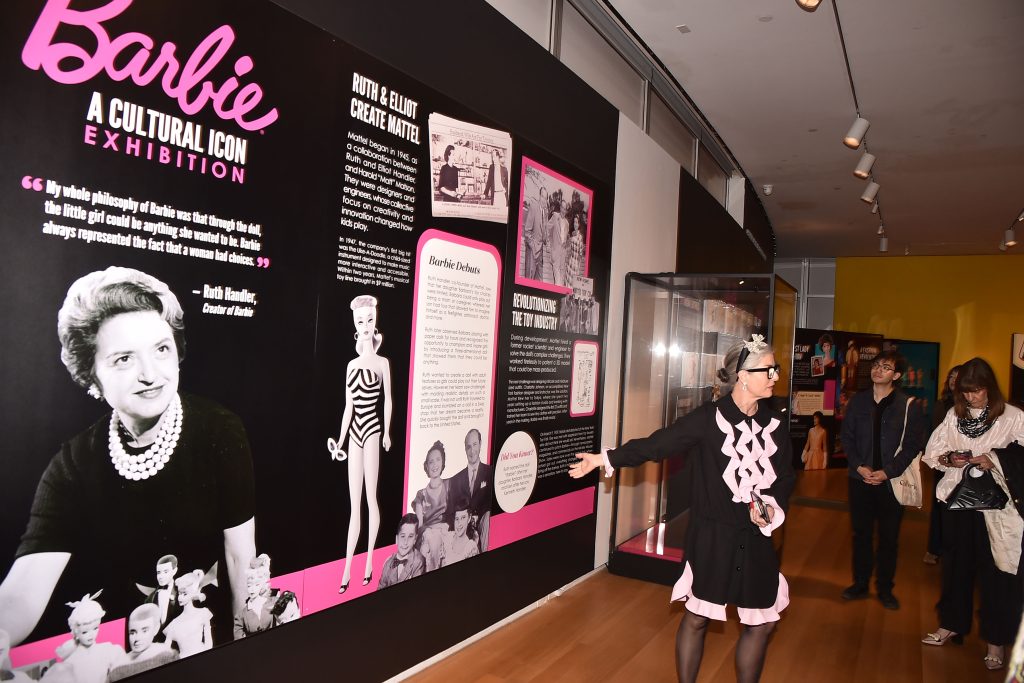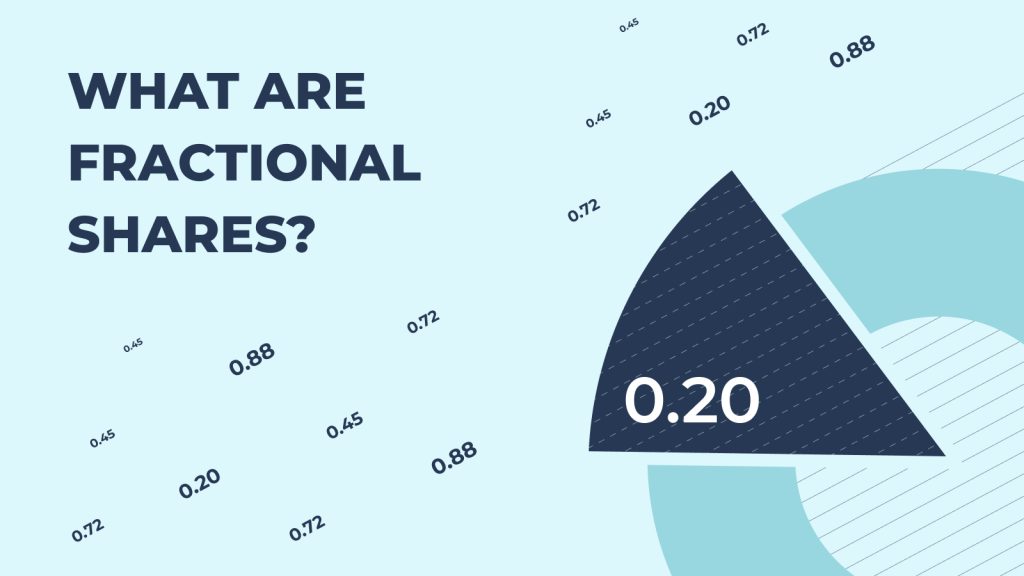A recent report paints a sobering picture of the mental health and social well-being of young Americans.
According to a study by the Pew Research Center, only 32% of individuals under 30 say they have five or more close friends—a significant contrast to the 49% among older adults aged 65 and up.
While the drop in social connections among youth might seem like a minor cultural shift, experts argue that it’s closely linked to increasing feelings of isolation and unhappiness, potentially fueling a mental health crisis.
The U.S. Drops in Global Happiness Rankings
In the 2023 World Happiness Report, which assesses the life satisfaction of 143 nations, the U.S. ranked 23rd. This is the first time the U.S. has fallen outside the top 20 in the report’s two-decade history.
While Americans over the age of 60 ranked an impressive 10th in happiness, younger individuals—those under 30—ranked far lower at 62nd.
This sharp decline in happiness levels among youth coincides with concerning statistics from the Centers for Disease Control (CDC).
In 2021, 42% of U.S. high school students reported feeling persistently sad or hopeless, and a staggering 22% seriously considered suicide.
Why Are Young People Unhappier?
Experts point to a range of factors contributing to this growing mental health epidemic: the pressures of social media, increasing anxiety over climate change, and the economic barriers of social mobility.
However, one prominent voice in the mental health community, psychotherapist Esther Perel, highlights another reason: the decline in meaningful relationships.
“I think people are lonelier because they are less skilled at being in relationships,” says Perel. “Maintaining a relationship involves conflict, friction, and differences, and people are cutting off friends and family like never before.”
Perel suggests that the modern emphasis on self-authenticity—often lauded as a mental health virtue—has inadvertently eroded the foundation of communal connections.
“You learn so much about yourself through relationships,” she notes. “Friendships and partnerships shape who we are.”
The Rise of “Self” in Therapy Culture
Social media has popularized the idea of protecting mental health by focusing inward—self-awareness, self-care, and self-fulfillment.
While these are important, Perel warns that this inward focus may have gone too far, leading to a culture that places personal comfort above community.
“Being true to myself is now more important than preserving relationships,” Perel observes.
This mindset, combined with service-oriented apps that reduce our reliance on others, is creating an unprecedented level of isolation.
Tasks that used to require community support—like getting a ride to the airport or having a friend pick up a prescription—are now outsourced to apps, limiting opportunities for personal connection.
The Loss of Social Investment
Older generations built social networks through the exchange of favors and in-person interactions, fostering a sense of obligation and community belonging.
However, today’s youth are not making these small but significant social investments.
Perel argues that meaningful relationships are built on obligation. “Communities aren’t just there to meet our needs; they provide us with belonging in return for our obligation to others.”
This loss of obligation may be driving the sharp decline in friendships and connections among younger people.
The Consequences of Loneliness
The fallout from this social shift is not just emotional but potentially life-threatening. The lack of close friendships can lead to feelings of isolation, which are closely tied to deteriorating mental health.
Loneliness has been shown to increase the risk of depression, anxiety, and even physical health problems like heart disease.
While it may seem counterintuitive, relationships thrive not in the absence of conflict but in the willingness to work through difficulties.
“Being a positive presence 100% of the time is not realistic,” Perel reminds us. “And it shouldn’t be a prerequisite for engaging with others.”
How We Can Rebuild Social Connections
To reverse this trend, young people need to start making more intentional social investments.
Building friendships takes time and effort, and while today’s digital world offers countless distractions, fostering in-person connections is crucial for mental well-being.
Acts of small kindness, seeking help from others, and nurturing friendships—even when they require compromise—can help rekindle the sense of community that many young people are missing.
Data Snapshot: Social Connections Across Generations
| Age Group | Percentage With 5+ Close Friends |
|---|---|
| 30 and Younger | 32% |
| 65 and Older | 49% |
As the data shows, there is a stark generational divide when it comes to friendships, one that could have long-lasting effects on mental health and societal cohesion.
Also read: How to Get Over a Really Painful Breakup: Insights from a Relationship Therapist


















